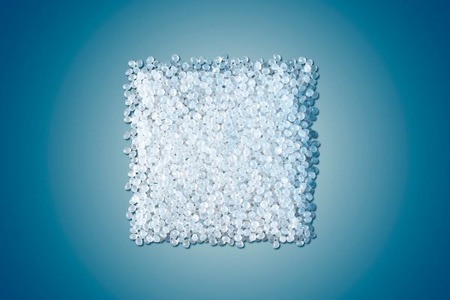Cotton Inc to develop textile dyes from cotton biomass for dyeing cotton
YarnsandFibers News Bureau 2016-09-12 17:15:00 – CaryCotton Incorporated will be presenting fabric samples dyed with the EarthColors cotton-derived dye at the Premiere Vision trade fair taking place in Paris, France September 12 through 14. The new dye uses by-products of cotton harvesting as a base instead of oil to give knit and woven cotton fabrics dyed in a variety of warm, soft, natural brown shades. The new dyes offer both sustainability and traceability for retailers and brands.
Cotton Inc and Archroma have joined forces to develop the first ever cellulosic textile dyes derived from cotton biomass, the technology to dye cotton from cotton. It is the latest addition to Archroma’s ‘EarthColors’ range of sulphur-based dyes that are derived from waste biomass, as opposed to being synthesized using oil-based derivatives.
A new dyestuff based on cotton waste which can be used to dye cellulosic fabrics has been developed by Archroma in conjunction with Cotton Inc., the US-based cotton research and promotion organization which challenged the Swiss textile chemical business to develop a dye that may represent the very first dye derived from cotton plant-residues.
Cotton Incorporated said that the new patented technology addresses two key concerns of the textile industry: sustainability and traceability. These sulphur-based dyes are designed for use on cellulosic fibres, such as cotton, but while most dyes in the textile industry are synthetic, using petrochemicals (oil) as a base, EarthColors is a biosynthetic alternative that utilises natural waste from the agricultural or herbal industry.
Mary Ankeny, Senior Director Textile Chemistry Research at Cotton Incorporated, who led the project from the Cotton Incorporated side said that as soon as they heard about the EarthColors technology, they wanted to explore the possibilities of cotton as a natural dye source.
Byproducts of cotton harvesting and ginning have been utilized within the food and construction industries for decades, but they were intrigued by the idea of using cotton biomass to dye cotton fibre.
There is an ample supply of cotton biomass. The global volume of cotton harvesting and ginning byproducts – which includes burs, stems, immature bolls, lint, sticks, and leaves – can be as much as three million tons per year. One 480 lbs bale of cotton, for example, can produce 150-200 lbs of usable byproducts. Archroma’s EarthColors application on cotton byproducts marks the first time the cotton plant has been used to actually dye cotton fabrics.
Dyeing a natural fibre with dye processed with natural ingredients has appeal for many environmentally-conscious brands, a niche Archroma aimed to fill with the launch of the line in 2014.
Nuria Estape, Head of Textile Specialties Global Marketing & Promotion, at Archroma said that they are grateful to Cotton Incorporated to have brought them this challenge. Archroma strives to challenge the status quo, and their EarthColors technology demonstrates their dedication to support and inspire sustainable fashion with warm colors that can be traced from the field to the shop.
Each batch of EarthColors dye offers a high level of traceability in the form of a hangtag with a Near Field Communication chip. Data on the chip, which can be accessed by Archroma customers and even consumers through a smart phone, explains the manufacturing process of the dye and where the natural materials were sourced.
Similarly, every bale of cotton grown in the United States receives a bale identification tag. The tag allows cotton businesses to trace the journey of the bale as far back as the facility where the cotton was ginned. The tag also includes information on the fibre characteristics for the cotton contained in the bale, which allows for efficient inventory management by merchants and mills.
The knit and woven constructions, produced at Cotton Incorporated’s laboratories and at the Cone White Oak facility, demonstrate the range of brown hues that is achieved by using 100 per cent cotton biomass as the source.
Market Intelligence
Ask for free sample Report

experience
Customer Base
dedicated team
Countries Served Worldwide









